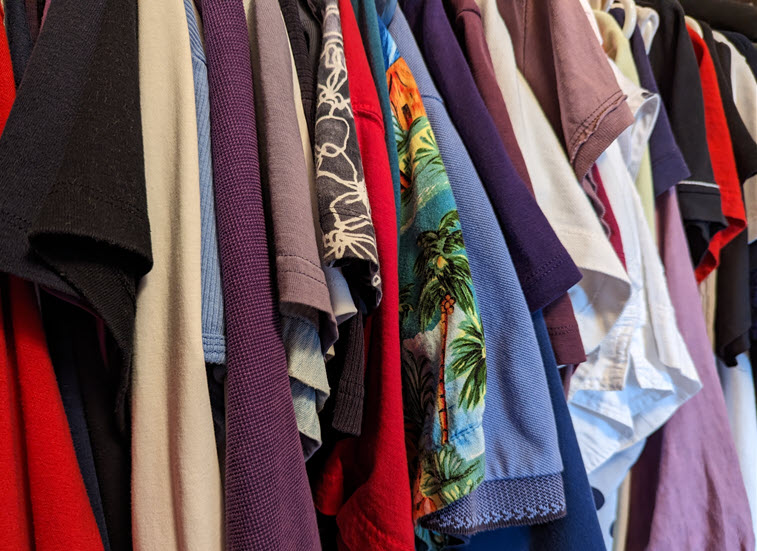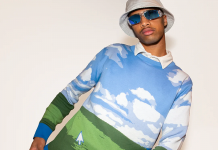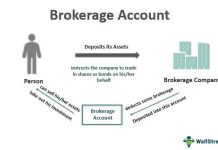Benefits of Buying Second-Hand Clothing
In today’s world, where fast fashion dominates the market, buying second-hand clothing has become a popular choice for many individuals. Not only does it offer a unique shopping experience, but it also brings along numerous benefits that are worth considering. In this article, we will explore the advantages of buying second-hand clothing and why it is a sustainable and economically wise choice.
Affordability
One of the primary benefits of purchasing second-hand clothing is its affordability. Secondhand items are often significantly cheaper compared to their brand-new counterparts. This allows individuals to save money while still being able to enjoy fashionable and high-quality clothing. By opting for second-hand, you can stretch your budget and acquire a larger variety of clothing items.
Unique and Vintage Styles
When you buy second-hand clothing, you open up a world of unique and vintage styles. Thrift stores, consignment shops, and online marketplaces offer a wide range of clothing options from different eras and fashion trends. By exploring second-hand options, you can find one-of-a-kind pieces that are not commonly available in mainstream stores. This allows you to express your individuality and stand out from the crowd.
Environmental Sustainability
Choosing to buy second-hand clothing is a sustainable choice that benefits the environment. The fashion industry is known for its significant environmental impact, including water pollution, textile waste, and carbon emissions. By purchasing second-hand, you contribute to reducing the demand for new clothing production, thereby minimizing the associated environmental harm. Additionally, by extending the lifespan of clothing items, you help reduce the amount of textile waste that ends up in landfills.
High-Quality Items
Contrary to popular belief, second-hand clothing can often be of high quality. Many pre-owned items have already been worn and washed multiple times, which means they have already gone through the initial wear and tear. By carefully selecting second-hand pieces, you can find durable and well-made clothing that can last for a long time. This not only saves you money in the long run but also reduces the need for frequent replacements.
Supporting Local Communities
Buying second-hand clothing often means supporting local communities. Many thrift stores and consignment shops are run by non-profit organizations that use the proceeds to fund various community programs and initiatives. By purchasing from these establishments, you contribute to their noble causes and help create a positive impact in your local area. Additionally, buying second-hand can also support small businesses and independent sellers who rely on these sales for their livelihood.

Buying second-hand clothing offers a multitude of benefits that extend beyond just saving money. From affordability and unique styles to environmental sustainability and supporting local communities, the advantages are undeniable. By choosing to buy second-hand, you not only enhance your wardrobe but also make a positive impact on the world around you. So why not give it a try and explore the world of second-hand clothing today?
Frequently Asked Questions
1. Why should I consider buying second-hand clothing?
Buying second-hand clothing has several benefits:
It is more affordable than buying new clothes.
It helps reduce waste and promote sustainability.
You can find unique and vintage items that are not available in regular stores.
2. Is the quality of second-hand clothing compromised?
No, not necessarily. Many second-hand clothes are in excellent condition and can be as good as new. However, it’s always a good idea to inspect the items before purchasing.
3. Can I find branded clothing when buying second-hand?
Absolutely! Secondhand stores often have a wide range of branded clothing at lower prices compared to buying new. It’s a great way to get your hands on designer labels without breaking the bank.
4. Is buying second-hand clothing hygienic?
Yes, it can be. Most second-hand stores carefully inspect and clean the clothes before putting them up for sale. Additionally, you can always wash the items yourself before wearing them to ensure cleanliness.
5. How can buying second-hand clothing benefit the environment?
By purchasing second-hand clothing, you are reducing the demand for new clothes, which in turn reduces the consumption of resources and energy required for their production. This helps in minimizing textile waste and the carbon footprint associated with the fashion industry.
6. Are there any financial benefits to buying second-hand clothing?
Yes, buying second-hand clothing is a cost-effective way to expand your wardrobe. You can often find high-quality items at a fraction of the original price, allowing you to save money for other expenses.
7. Can I sell my clothes to second-hand stores?
Many second-hand stores accept gently used clothing for resale. You can inquire with your local stores about their policies and procedures for selling or consigning your clothes.
8. Are there any ethical reasons to buy second-hand clothing?
Absolutely! By choosing to buy second-hand, you are supporting a more sustainable and ethical fashion industry. It helps reduce the demand for fast fashion, which often exploits workers and has negative social and environmental impacts.
9. How can I ensure a good fit when buying second-hand clothing?
It’s important to know your measurements and check the size charts provided by the seller. Additionally, many second-hand stores allow you to try on the clothes before purchasing or offer return policies if the item doesn’t fit properly.
10. Where can I find second-hand clothing?
You can find second-hand clothing at various places such as thrift stores, consignment shops, online marketplaces, and even through clothing swap events. Do some research to find the best options available in your area.




